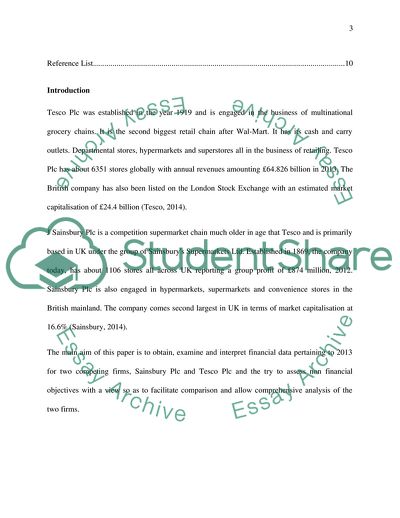Cite this document
(Financial analysis and report Case Study Example | Topics and Well Written Essays - 1500 words, n.d.)
Financial analysis and report Case Study Example | Topics and Well Written Essays - 1500 words. https://studentshare.org/finance-accounting/1805975-financial-analysis-and-report
Financial analysis and report Case Study Example | Topics and Well Written Essays - 1500 words. https://studentshare.org/finance-accounting/1805975-financial-analysis-and-report
(Financial Analysis and Report Case Study Example | Topics and Well Written Essays - 1500 Words)
Financial Analysis and Report Case Study Example | Topics and Well Written Essays - 1500 Words. https://studentshare.org/finance-accounting/1805975-financial-analysis-and-report.
Financial Analysis and Report Case Study Example | Topics and Well Written Essays - 1500 Words. https://studentshare.org/finance-accounting/1805975-financial-analysis-and-report.
“Financial Analysis and Report Case Study Example | Topics and Well Written Essays - 1500 Words”. https://studentshare.org/finance-accounting/1805975-financial-analysis-and-report.


